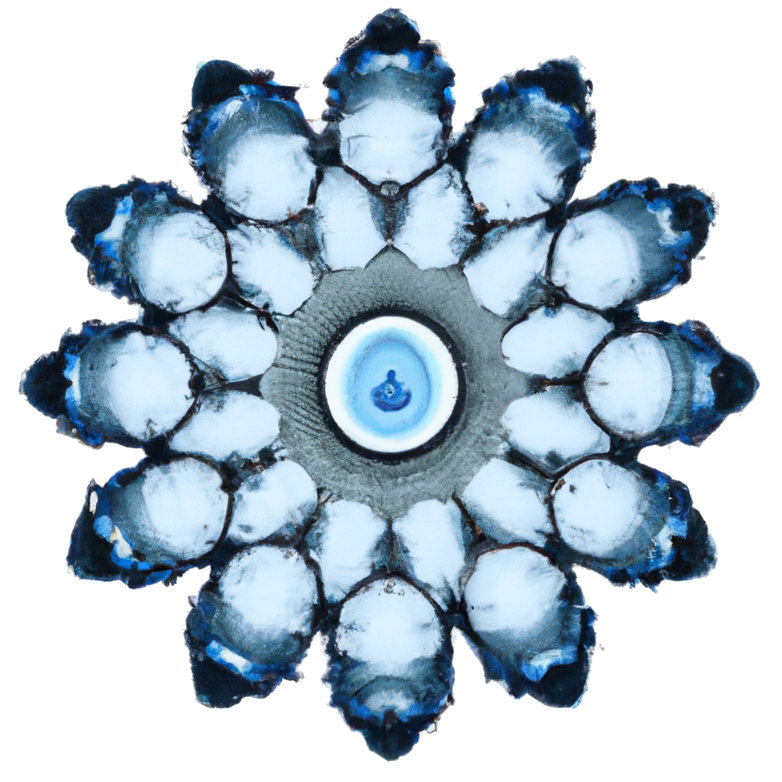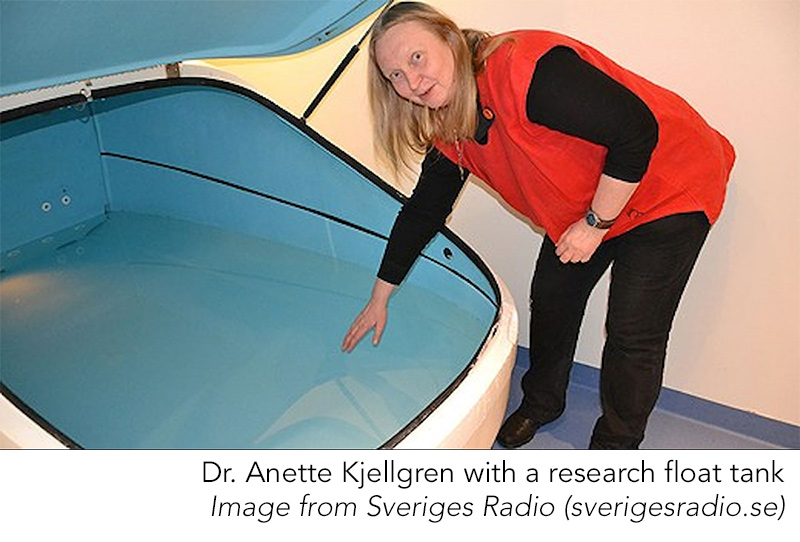The ideas of altered states of consciousness, mystical experiences, and voluntary self-isolation often bring with them images of shamans, spaced-out hippies, geometric art, and vibrant colors, as exaggerated stories and tales of these experiences get passed around. Along with these come equally exaggerated horror stories of being out of control, or seeing demons and messages from gods. Many people choose to stay clear of these potentially mind-bending scenarios that could lead them to having their worldview challenged in some unknown and uncontrollable way.

These misconceptions are reinforced through movies and TV shows. When float tanks make an appearance, they are often shown portraying people emerging from the tanks having a full-on-psychedelic-hallucination, or having gone mad from being alone for too long. They also tend to portray floaters having a spiritual experience in what looks like a drug-induced state, giving the often no-so-subtle implication that drugs are needed to achieve these states. Stories passed on through friends-of-friends often lead to misremembered details with an extra emphasis on the “wild” parts that then skew the view of the experience.
As many who have emerged from the tank can attest, it is often a much more dreamy, ethereal, and calming environment than is typically conveyed on screen. In the tranquility of the float tank, the mind chooses to slow down and relax instead of going into panic mode. While the environment of the tank can be foreign at the beginning, that feeling fades as the warm water becomes more welcoming, and the dark closed-off environment expands in the vastness, feeling more open than it appears. Although this is quite different from an automatic and uncontrollable plunge into a psychedelic-like state, the experience is still profound and impactful, and offers many benefits that do not require an intense experience to receive, such as anxiety reduction and body pain relief.
So, what exactly are mystical experiences and altered states of consciousness? And how do they relate to the floatation experience? With all the differing tales being told, defining these experiences can be very murky. We have documentation of early mystical experiences and traditions for at least as long as people began to settle and transition from a nomadic life. Many of these seem to stem from ancient religions, with mystic sects searching for methods to connect in a more spiritual way with gods and spirits.
Cultures from all corners of the earth have practiced ceremonies to achieve these states. These experiences have been described by philosopher and religious scholar Alan Watts as growing the understanding that all beings are connected as one with the world around them. This common theme of finding a unity between all life is well-documented across many who have had mystical experiences, both historically and in modern studies.
Another common theme of mystical experiences is the concept of ego-death: feeling your identity dissolve as a deep connection to all around you takes over. A mystical experience is often accompanied by many forms of altered states, such as feeling your sensations differently, having heightened perceptions, or having different thought patterns. It’s worth noting again that these altered states can be experienced in a variety of ways and through a variety of practices – a full blown psychedelic experience is not required!
In fact, people experience altered states everyday without the use of drugs, religious ceremonies, or even float tanks. At its most basic, an altered state is simply a different state of awareness than your normal day-to-day wakeful state. Yoga and other forms of exercise, for example, can alter your physiology, giving rise to heightened senses and a feeling of euphoria. Various meditation practices and breathing techniques can make one deeply relaxed and calmed, leading to a dreamy state of consciousness.
Finding the language to express and describe these otherworldly and dream-like experiences is often difficult, but that hasn’t stopped scientists from developing tests and scales to try to define these altered states. One such method, the Hood Mystical Experience Scale, was developed in the late 1970s and looks at 8 categories of mysticism (Ego Quality, Unifying Quality, Inner-subjective Quality, Temporal/Spatial Quality, Noetic Quality, Ineffability, Positive Effect, and Religious Quality). The scale was created by Dr. Ralph Hood, Jr. in an attempt to assess the frequency, intensity, and meaningfulness of mystical experiences, and it has been used in many areas of research since its development… including float tanks.

In Sweden, Dr. Anette Kjellgren has been conducting research on floatation and mystical experiences since 2008. Along with tests to determine the presence and strength of mystical experiences in the tank, Dr. Kjellgren and team looked at how other variables impacted and interacted with these altered states. One of their most notable findings was in the differences between people with different levels of sensitivity to external stimuli (as determined by the Highly Sensitive Personality Scale).
This study followed university students, with each completing two floats. The team was able to find that those with higher-sensitivity had a greater rate of both altered states of consciousness and mystical experiences. The highly-sensitive people rated their float experience higher on the Mystical Experience Scale in six out of 8 subcategories:
- Ego Quality
- Unifying Quality
- Noetic Quality (an experience giving new understanding)
- Inner-Subjective Quality
- Religious Quality
- Temporal/Spatial Quality
In other words, the more that people are sensitive to external stimuli in their day-to-day lives, the more likely they were to rate their experience floating as more mystical and “altered.” This study is possibly the first to find a correlation between personality traits and the relation to altered states and mystical experiences.
The definitive reason for the increased intensity of these experiences in the highly-sensitive group when floating needs further exploration. There is data suggesting it could be related to the healing that goes on inside of the tank, both physiologically and psychologically, leading to more inner growth and developments. Future studies will need to be done to explore this relationship more deeply and build on these results.
While not every float will lead to a mystical experience, there are still many other benefits to be had, even just in the realm of experiencing different states both in and out of the tank. Floatation practitioners often enter a relaxed state, feeling like we just woke up from a dream, and once welcomed back into the world, our senses burst to life as information comes flowing in. A new look on the world is common both during and after a float, as our mind quiets and looks for new ways to experience the environment through the lack of sensation. Even without a profound mystical experience, all of this can lead to new thoughts and ideas, giving a more peaceful view, and different outlook, on the world.
